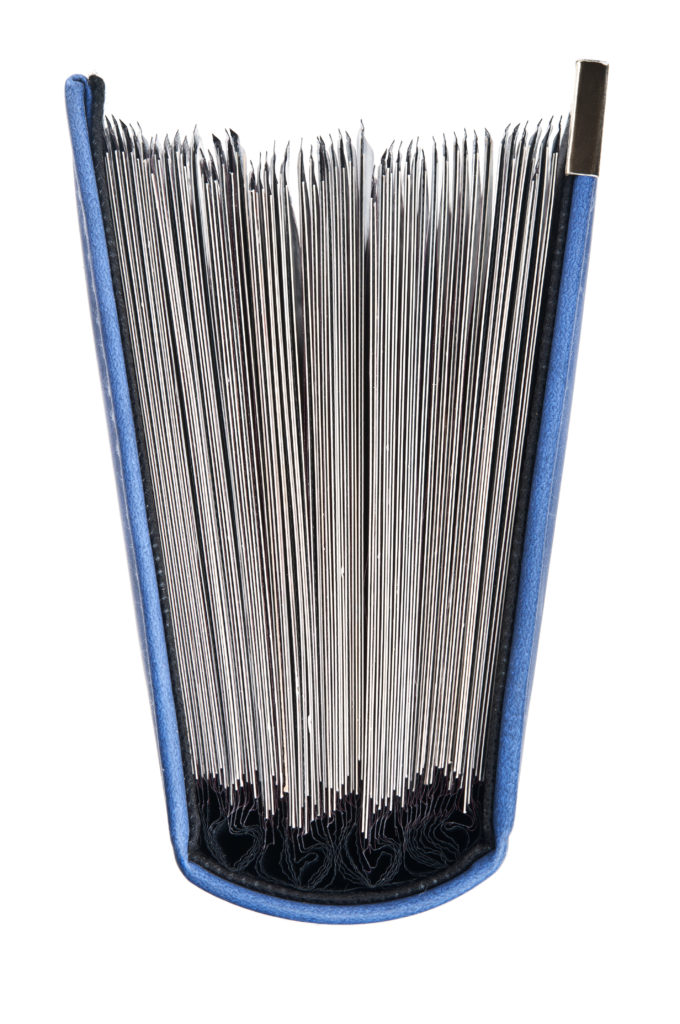Graduate program admissions are competitive, meaning that getting in involves more than just being qualified – you must be one of the most qualified among all applicants. In my experience working as a graduate supervisor, many applicants are not sure what is expected of them in the application. It varies from university to university, country to country, so the tips I give here are very specific to my faculty at my university and are based on my experience. I do not claim to speak for anyone beyond myself, nor am I guaranteeing acceptance to anyone who follows my tips, but here are some explanations and recommendations that aim to demystify the graduate program admissions process.
You will be asked to provide a Curriculum Vitae (CV), references, statement of intent, official transcripts, and pay an application fee before a deadline. Some applicants are required to provide proof of English Language Proficiency. Once the deadline has passed, your application will be reviewed to make sure it has all the necessary parts. Be sure it does as it may not move past this stage if it doesn’t. Next it will be reviewed by a committee of faculty in the area of specialization you requested and ranked in order to qualification. That list moves on to a central faculty committee. Since a limited number of students can be admitted, the combined list is ranked and the top students are offered admission. Remember, even if I have a particular student that I would love to work with, that student is subject to this process. Below are tips for the first three aspects of your application: CV, references, and statement of intent.
Your CV is a structured document that tells your life story as an academic. It is different from a resume. In my field, you are expected to include your academic presentations and publications, ideally formatting in APA 7 style. If you want to be considered competitive, present at a variety of academic conferences relevant to your field. Some have student rates and even online options, so this is not always expensive. Present on research you have conducted in your previous degree or at the very least, a literature review or teaching technique. Look at your publications. If you have several, note which ones are in peer-reviewed journals and use subheadings to divide them up. Most students don’t have enough to divide up and are looking to add more. Consider publishing from your previous degree. Balance the choice of local or practitioner journal with higher impact, international journals. If you have published in a language other than English, that’s great, just be sure to include an English translation of the title of the presentation. Above all, make sure the document is organized and free of spelling errors.
References are important. Consider whom you should ask for a reference. Your previous supervisor is an important reference to have. Beyond that, there is a hierarchy: academics above work references, professors above instructors; full professors above associate rank which is above assistant professors. Avoid references that look like they are friends in disguise as academics. Prepare your referee with details of the program you are interested in, a draft of your statement of intent and a copy of your CV. Write them an email and mention the points you would like them to emphasize. Reference letters expectations are not the same across the word, so consider the impression your the reference letters from these referees might be interpreted. If they do not feel they can rank you as excellent or outstanding, ask them to tell you that so you can pick someone else.
The statement of intent is the most difficult item to write and the most important to get right. Consider that the reader is asking the questions: Can this person do graduate work in my program based on their past track record? Do this person’s research interests match the potential supervisor’s? Is this person’s research idea well thought out? Your statement of intent is meant to answer these questions. Write a 1-2 page document in which you:
- Make a case for the kind of research question you would like to investigate in your studies. What is known about this area (previous literature) and how could you study it (proposed methodology). What would make this work significant to the field?
- Why do you want to work with the proposed supervisor(s)? It is best to have done your homework and name supervisors who are good match for your interests and whom you have ideally been in email contact with. In the case of my faculty, your chances of acceptance are increased if you apply for the education specialization area (EDSA) that supervisor is in. For example, I am in the Language and Literacy EDSA. These tips are no guarantees, but it can make your application stronger. One way to link #2 with #1 is to cite work from that supervisor. My work can be found on Google Scholar and if you can’t find it in your own library, you may find I have posted the Open Access Expand to briefly say why my faculty and my university are the right fit for this work you are proposing.
- Mention why you are the best person to do this work. Speak briefly to your unique qualifications (degrees, awards, etc.) and inform us why you have chosen the referees you have (e.g., I have asked Dr. Smith to serve as my referee. As my former MA supervisor, he can speak to my strong research skills…).
On a side note, the statement of intent is not the place where you flatter the university or potential supervisor excessively or tell us about how you are the most hard working, deserving, or eager candidate. I have seen that before because I believe there may be some places where that kind of letter is appreciated. NOT HERE.
With these explanations and tips, the process of applying for graduate school should be clearer. While you may need to do research to discover if these apply to other faculties or universities, there should be value in all of them for graduate admissions across North America. Please feel free to comment if you have any additional questions I have left unanswered.
All the best with your applications.






